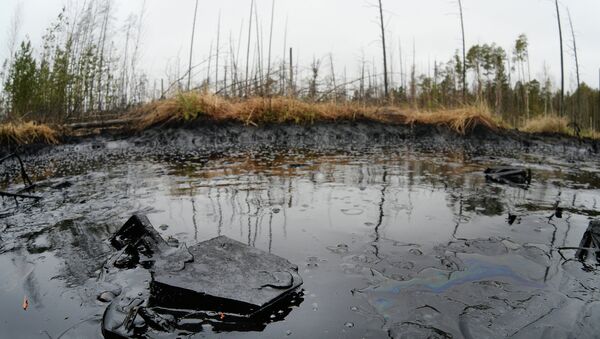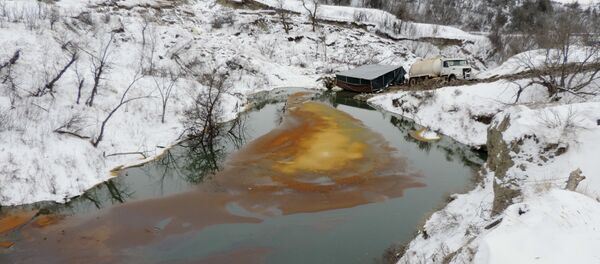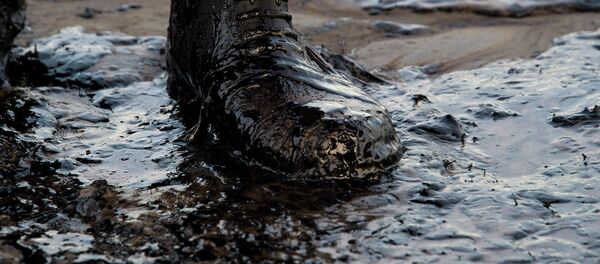Belle Fourche Pipeline spill in Billings county.
— Countduckula (@Countduckula01) 13 декабря 2016 г.
Ok, maybe the Dakota protesters were right. pic.twitter.com/2u7NCbvdJt
In 2013, a pipeline owned by Tesoro Corp came apart, contaminating a wheat field near Tioga, close to the Canadian border. At the time, an estimated 840,000 gallons of oil fouled 13 acres of soil, about the size of 14 football fields. A decontamination crew working on the environmental catastrophe dug as deep as 50 feet, removing and displacing enormous amounts of soil.
"They are there working away 24 hours a day, seven days a week — it's pretty amazing," claimed Patty Jensen, a wife of the farmer who discovered the 2013 spill, commenting on the cleanup efforts.
Tioga, N.D., landowners forge unusual alliance with clean-up crews after oil spill last year http://t.co/qRlkDN24ce pic.twitter.com/KR5fZybEBj
— Grand Forks Herald (@gfherald) 5 октября 2014 г.
Tesoro implemented a new technology that evaporates the oil from the soil, instead of removing contaminated earth. Yet the company has not set a date for completion. The process has cost some $49 million so far and is expected to end up costing $60 million, according to the company's tax filings to the state.
The Dakota Access pipeline, a much larger pipeline, is reported to be some 30 inches in diameter, compared to 7-inch pipe of both Tesoro and True Cos's Belle Fourche pipeline. Energy Transfer Partners, the Texas-based company responsible for constructing the pipeline, has a lengthy spill record, with 29 reported pipeline ruptures, leaks, or accidents since 2006, leading to nearly 10,000 barrels (420,000 gallons) of hazardous liquids dumped into the environment.
Dakota Access Pipeline developer asks court to mandate final easement https://t.co/F6g2vxh8mU pic.twitter.com/uFzomXB3uW
— Jewhadi™ (@JewhadiTM) 9 декабря 2016 г.
Given its capacity, the environmental impact of a Dakota Access pipeline rupture would be orders of magnitude worse than the Tesoro leak, contaminating Missouri River drinking water sources for millions of people, in addition to vast areas of soil, according to the Standing Rock Indian Reservation, on whose ground the pipeline was supposed to be built.
President-elect Donald Trump, a supporter and early investor of the Dakota Access pipeline, has said that he will wait until he is in office to review the Army Corps' decision to halt construction, according to Trump spokesman Jason Miller.




